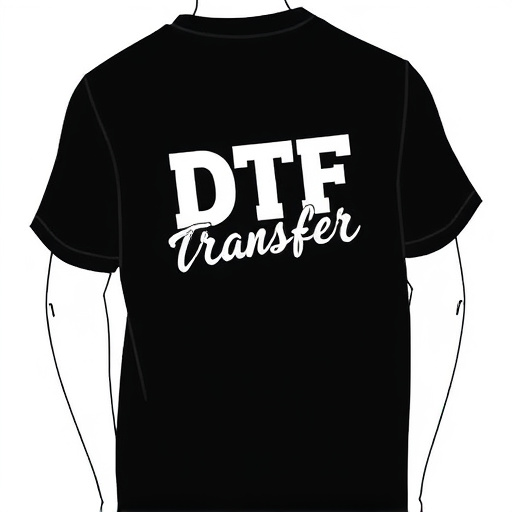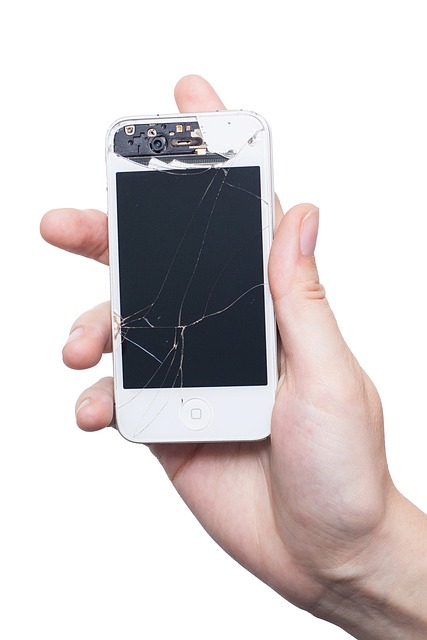Direct-to-Film (DTF) transfers are a cutting-edge printing technique for high-quality image production. They offer fast turnaround times, superior color accuracy, and intricate detail retention, making them ideal for photography, graphic design, and fine art. Standardized quality assessment methods ensure consistent results and protect the aesthetic integrity of designs. Before printing, film should be meticulously cleaned and inspected for damage. Conducting trial transfers involves preparing source material, calibrating equipment, and iteratively refining settings to achieve high-quality DTF prints. Evaluating test prints focuses on image clarity, color accuracy, contrast, and defect-free applications. Continuous optimization refines ink types, emulsion, exposure times, and press settings based on documented outcomes, ensuring consistent print quality that meets tailored standards.
“Unleashing the true potential of direct-to-film (DTF) transfers requires a meticulous quality assessment process. This article guides you through the essential steps to ensure optimal DTF prints. From understanding the fundamentals of DTF technology to optimizing your printing workflow, we’ll explore why trial transfers are crucial. Learn how to prepare your film, conduct step-by-step tests, analyze results, and make informed adjustments for superior DTF prints. Discover the secrets to achieving vibrant, accurate images with every transfer.”
- Understanding Direct-to-Film (DTF) Transfers: A Brief Overview
- The Importance of Quality Assessment for DTF Prints
- Preparing Your Film for Accurate Transfer
- Step-by-Step Guide to Conducting a Trial DTF Transfer
- Analyzing the Results: What to Look For in Your Test Print
- Optimizing Your DTF Printing Process Based on Findings
Understanding Direct-to-Film (DTF) Transfers: A Brief Overview

Direct-to-Film (DTF) Transfers are a cutting-edge method in the printing industry that offers an innovative approach to creating high-quality prints directly on film. This process bypasses traditional intermediate steps, allowing for precise and accurate color reproduction. DTF Printing involves using specialized equipment to apply ink directly onto the surface of a moving film, which is then used to create final prints or negatives.
The key advantage of DTF Transfers lies in their ability to produce sharp, vibrant, and detailed images. This technology is particularly useful for various applications, including photography, graphic design, and even fine art printing. By eliminating the need for separate plates or screens, DTF Prints can be produced faster and with a reduced risk of color misregistration, ensuring consistent and top-quality results.
The Importance of Quality Assessment for DTF Prints

The quality assessment of Direct-to-Film (DTF) transfers is paramount in ensuring the accuracy and longevity of DTF prints. As DTF printing gains popularity, especially among hobbyists and small businesses, it becomes increasingly vital to establish standardized methods for evaluating print quality. This process involves meticulous inspection of key factors like color accuracy, detail retention, and overall image clarity. By rigorously assessing each transfer, printers can identify potential issues such as misregistered colors, missing details, or artifacts, allowing them to refine their techniques and produce superior DTF prints.
Moreover, regular quality assessments help in maintaining consistency across batches. DTF transfers are unique in that they offer a direct, unmediated link between the digital file and the physical print. Therefore, any deviations from the source material can significantly impact the final output. Quality checks ensure that each DTF print accurately represents the intended design, preserving its aesthetic integrity and ensuring customer satisfaction.
Preparing Your Film for Accurate Transfer

Before attempting any direct-to-film (DTF) transfer, ensuring your film is in optimal condition is paramount. Start by cleaning the film thoroughly to remove any dirt, dust, or debris that could impact image quality. Use specialized cleaning solutions and tools designed for delicate film stock to avoid damaging the original.
Next, inspect the film for any physical imperfections, such as scratches or tears. Minor damage can be repaired using precision tools like splices or fills, but more extensive issues may require professional restoration. Properly exposing the film is another critical step, as under- or over-exposure during transfer will result in subpar DTF prints. Calibrate your equipment and settings to achieve a balanced, accurate transfer of the film’s dynamic range.
Step-by-Step Guide to Conducting a Trial DTF Transfer

Conducting a trial Direct-to-Film (DTF) transfer is an essential step in assessing the quality and feasibility of this printing method. Here’s a concise, step-by-step guide to help you through the process. Start by preparing your source material – whether it’s high-resolution digital art or traditional film negatives – ensuring they meet the required specifications for DTF printing. Next, choose an appropriate DTF printer and ink set that aligns with your desired output quality and color accuracy. Calibrate the printer according to the manufacturer’s instructions, setting optimal settings for resolution, dot density, and color gamut.
Once calibrated, create a test print on a small section of film or a scrap piece of media to simulate the actual transfer process. This initial trial run allows you to fine-tune your settings and adjust parameters like exposure time, ink flow rate, and pressure application for optimal DTF prints. After evaluating the test print’s quality, make any necessary adjustments and conduct additional trials until you achieve consistent, high-quality DTF prints that meet your standards. This iterative approach ensures a robust understanding of the DTF transfer process and its capabilities.
Analyzing the Results: What to Look For in Your Test Print

When analyzing the results of your DTF (Direct-to-Film) transfer test prints, there are several key aspects to consider. Examine the overall image quality, paying close attention to color accuracy and contrast. Look for any signs of graininess or artifacts that might indicate issues with the printing process. The clarity and sharpness of details, especially in fine lines and text, are crucial indicators of the DTF transfer’s effectiveness.
Additionally, assess the print’s consistency with the original source material. Do the colors match across both? Are there any noticeable differences in brightness or saturation? Also, check for any visible print defects such as smudges, scratches, or uneven ink application. These can provide insights into potential issues with the printing equipment or media used. Ultimately, the goal is to ensure that your DTF prints meet the desired quality standards for your specific use case.
Optimizing Your DTF Printing Process Based on Findings

After assessing the quality of your direct-to-film (DTF) transfers through trial and error, it’s crucial to optimize your DTF printing process based on your findings. This involves tweaking various parameters such as ink types, film emulsion choices, exposure times, and press settings. Each component plays a significant role in determining the final print quality, so meticulously document your adjustments and their outcomes.
For instance, if you discover that a particular ink formulation yields sharper details and more vibrant colors, prioritize using it for future DTF transfers. Similarly, adjusting exposure time can dramatically affect the film’s sensitivity to light, impacting the overall resolution of the prints. Regularly reviewing and refining these elements will ensure your DTF prints consistently meet or exceed your quality standards.














